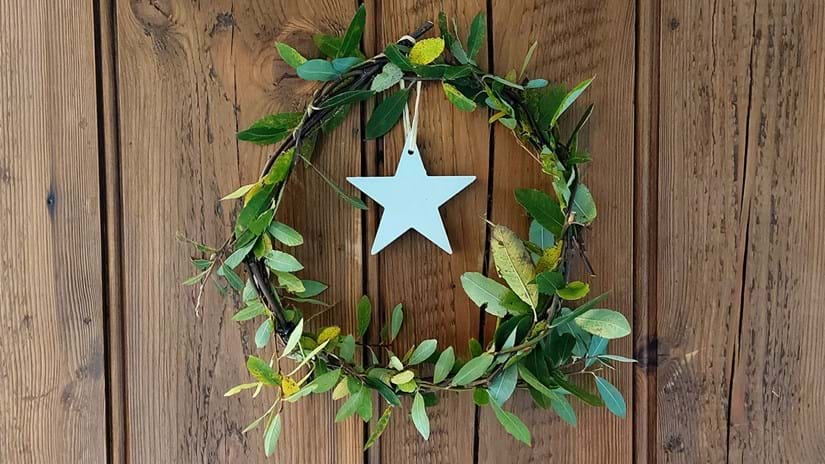
Credit: Ben Lee / WTML
Value to wildlife
Dog rose flowers are an important nectar source for insects and its fruits are a food source for birds such as blackbirds, redwings and waxwings.
A familiar, scrambling beauty that adorns hedgerows with its pale pink flowers. Dog rose clasps on to other shrubs with curved spines to grow.
Common names: dog rose, dog berry, witches’ briar
Scientific name: Rosa canina
Family: roses
Origin: native
Flowering season: May to August
Habitat: hedgerows, woodland, grassland
A thorny climber, dog rose has strongly hooked, or curved prickles, to gain a purchase as it weaves in between other shrubs and uses them to support its growth. It can grow up to 3m tall when well supported.
Leaves: on alternate sides of the stem, and divided into 2–3 pairs of smaller, toothed leaflets. Leaf buds can be affected by a gall known as robin's pincushion. This looks like a ball of fibrous red threads and is caused by a gall wasp.
Flowers: large pink or white with five petals and many stamens. They have a faint sweet smell.
Fruit: striking red, oval, berry-like hips (15–20mm) form in small clusters. Each hip contains many hairy seeds.
Not to be confused with: the many species of wild rose found in the UK which are all very similar and difficult to identify. Roses are also commonly planted in gardens and some of these have escaped into the wild. One of these similar species is Rosa rugosa which flowers earlier than dog rose. Another is harsh downy rose (Rosa tomentosa), which has hairy leaves and fruit and straight prickles.
The root of a dog rose was thought to be able to cure the bite of a wild dog.
Look for dog rose in hedgerows, woodland edges and on scrubland. It’s more common in the south of the UK but can be found all over, especially in heavy soils.
It is best seen in flower in May and June with fruit ripening around September and October.

Credit: Ben Lee / WTML
Dog rose flowers are an important nectar source for insects and its fruits are a food source for birds such as blackbirds, redwings and waxwings.

Credit: Ben Lee / WTML
The dog rose is a common symbol in medieval heraldry. It has a less regal connotation in Germany where it is linked to the Devil and its fruits were said to be used by fairies to make themselves invisible.

Credit: Martin Gabriel / naturepl.com
Rose hips are high in vitamin C and were traditionally used to make syrups taken to boost levels. Rose-hip oil is also a popular skincare product. The hairs inside the hips are an irritant and are extracted to make an itching powder

Helen Keating • 05 Dec 2022
Transform your home into a woodland wonderland this Christmas with our easy ideas for festive, foraged home decor.
Be inspired